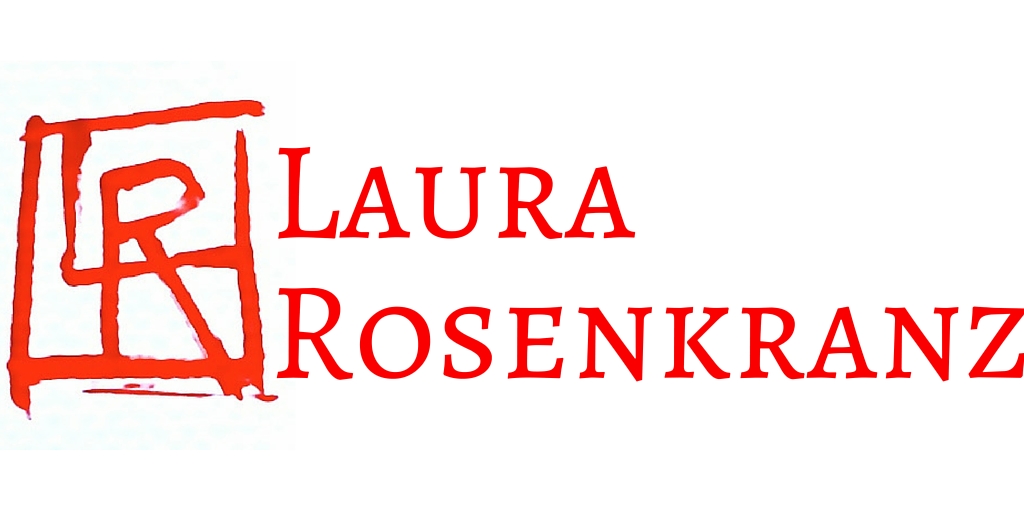This spring I traveled to the Alabama Hills in the Eastern Sierras for a painting adventure with
master plein air painter Frank Serrano.
{The view of sunrise on Mt. Whitney from my hotel parking lot.}
Frank demonstrated painting the backlit mountains, horses, and hay bales,
focusing on seeing correct values–something I’m eager to learn!
{Frank finishing up his demo.}
Later he added a horse and figure in the studio.
Below is the finished piece which he will use as an idea for a larger painting. It was such a valuable experience to see his process moving from plein air sketch to studio.
{Frank Serrano’s finished sketch.}
{My first painting of the weekend.}
{Late afternoon light on the Sierras}
{View from my easel.}
The Alabama Hills are a beautiful, austere place and the weekend was filled with good company and great instruction. Thanks Frank!














